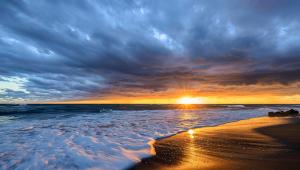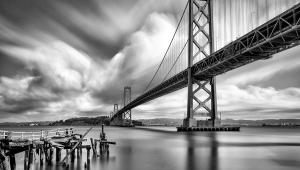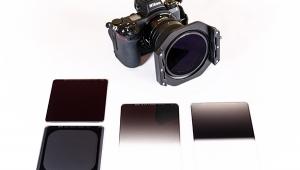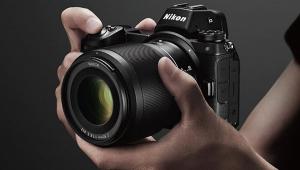Travel Photo Tips: It’s Not What You See, but What You Feel That Makes for Better Pictures
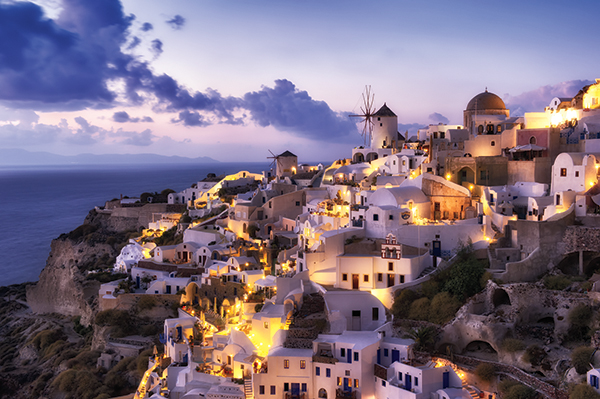
All Photos © Deborah Sandidge
The September 25, 2016, issue of The New York Times Magazine was titled "The Voyages" Issue, and it featured an impressive collection of images. In the introduction to the issue, the writer Gideon Lewis-Kraus talks about the idea of the image as document or experience: this is what a place looks like as opposed to this is what it feels like to be there. He notes the cliché of “the traveler so busy with documentation that he misses out on some phantom called the ‘experience itself.’”
Which got me thinking. First, that as a travel photographer rather than just a traveler, I naturally choose to regard the phantom as elusive rather than nonexistent. Second, that although sometimes all there is to capture is the documentary image, my instinctive approach to photography is always to create an image that conveys what it feels like to be there—in other words, the experience.
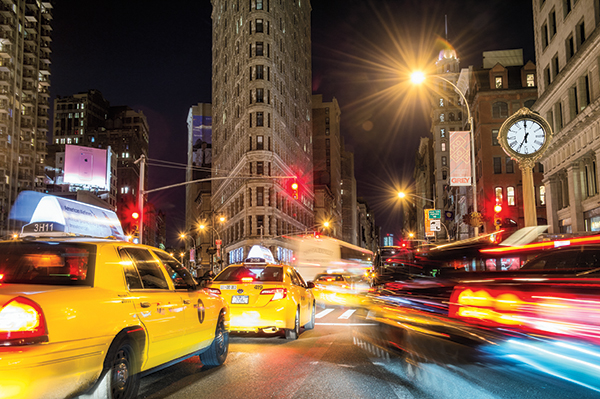
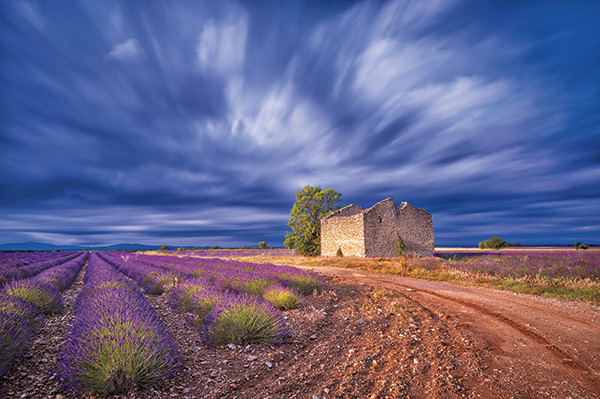
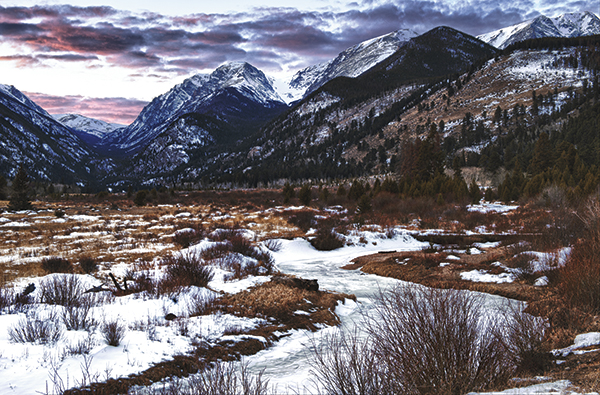
Digging Deeper
I think that as photographers sometimes all we need to do is take some time to dig deeper into what it is about a place or a scene that attracts our attention and captures our imagination. With a first impression, we can get a shot for the record, but if we stop and think about our reactions, we’ll almost always see the other qualities, the other elements, that we can bring out or enhance. The feelings we want to convey form the emotional essence of an image.
Travel photographers in a sense deal with discovery and exploration, and it’s in their expression of those things that they report back to viewers of their images.
I think it’s a natural transition for a lot of photographers to start out being happy just to have taken the shot. Then, as they go along, they realize that what they need to do is go beyond the documentary image to make their photos more personal.
For me it was a journey, and along the way I learned to use the technology and techniques that allowed me to express what I felt. I’ll reach for whatever will help me create a beautiful end result. It can be the sensation of standing amid the wild rush of traffic or the serenity of watching the sun rise over the water.
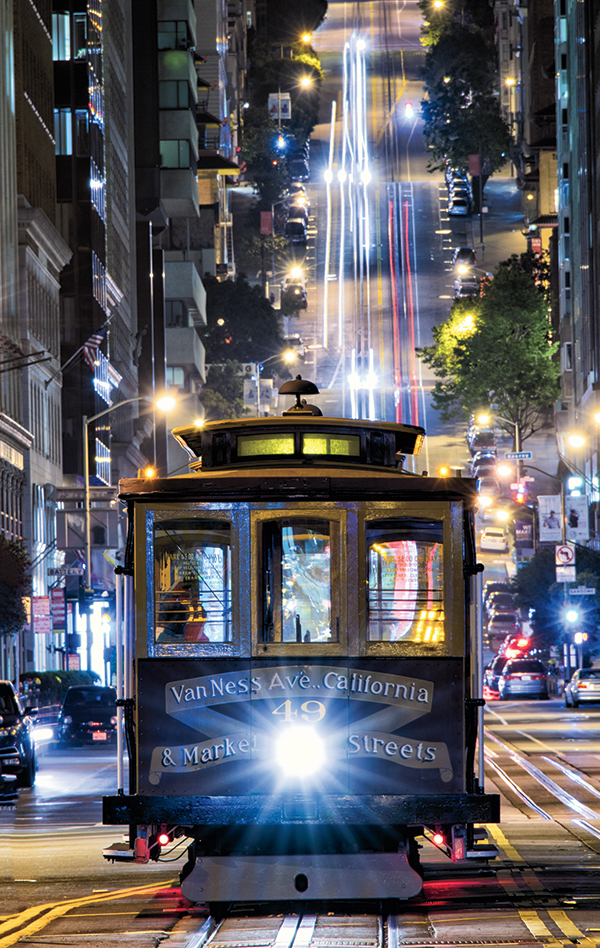
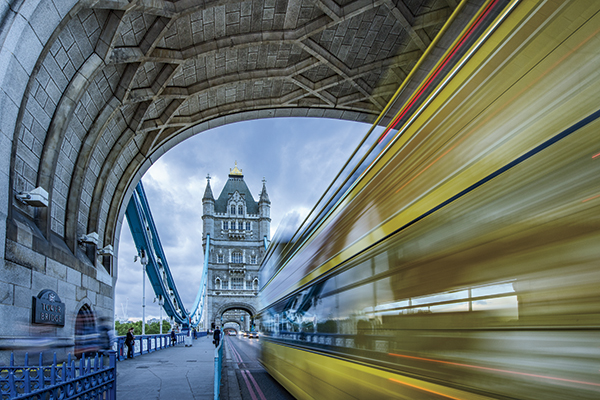
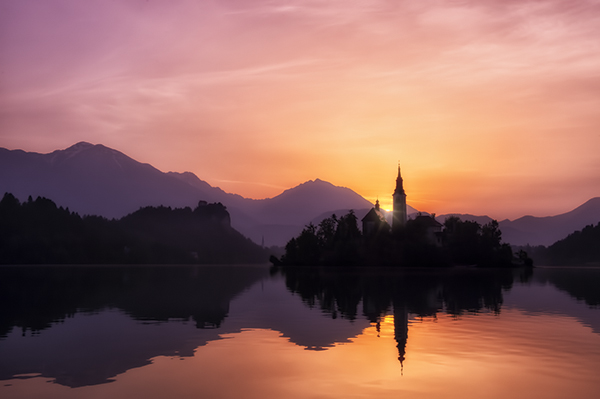
There are no snapshots and no snap judgments in what I do. When I’m out shooting, no matter where I am, I think, How do I envision this subject? What’s the message here? What tools do I need to nudge the subject toward what I want to convey? Those are the three things that are generally in my mind as I decide how to make a picture that’s more than the record of a place, more than a document that says I was there, but rather an image that conveys how it felt to be there.
I know that motion in a photo often makes for a much stronger picture and a better story than a static shot. Sometimes it’s a matter of realizing that I need to be at the location at a different time of day in order to experience the scene with all its details and potential, and then capture those elements for viewers of the image.
Whatever the method, my desire is to communicate what I find interesting and what I feel about a place. You have to have confidence in your judgment in order for this to work—you are, after all, showing people what you find significant and important—but I think that all serious photographers consciously or unconsciously put themselves into their photographs.
A selection of Deborah Sandidge’s world photography is at deborahsandidge.com, along with cinemagraphs, photo tips, and a schedule of upcoming workshops, photo tours, and seminars.
